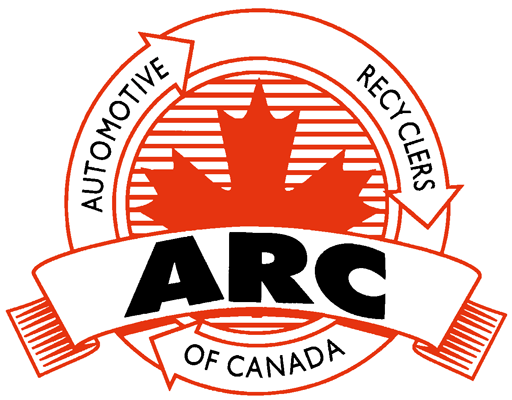Like an Organ donor, your old car can keep giving key parts years after it leaves the road. Here’s how it works at one of Winnipeg’s biggest auto recyclersnnThere’s something wrong with this wrecking yard in Winnipeg. It’s far too green.nnOh, there are plenty of green process afoot here, like keeping fluids from entering the ground, and saving brake caliper and rack and pinion cores for rebuilding. I simply wasn’t expecting so many trees.nn“What has really motivated the environmental aspects of vehicle recycling is that there’s now a place to sell it to,” said Vic Enns, who is best described as the Steering Wheel at Team Auto Parts, one of the major automobile recyclers in Winnipeg. “We don’t believe in titles here,” said Enns. “We just love cars.”nnApart from the obvious mechanical and sheet metal items, every type of automotive fluid from Team’s inventory is slurped up by specific recyclers. Manitoba’s unique tire recycling program has created a new segment of locally-produced recycled products from used tires, such as rubbery sidewalk blocks. “What was once a headache has now created new uses, and markets for these materials,” said Enns. It also explains the trees and grass, on a patch of land that would have been moonscape in the early 1980’s.nnWhile Team does handle a portion of the Province’s end-of-life vehicles, the majority of the company’s inventory is obtained through weekly auctions of total loss vehicles, in Manitoba, and sometimes Saskatchewan.nnManitoba Public Insurance processes around 200 such cars per week. Some head straight to the jaws of the shredder. The good cars, meaning the ones that still have plenty of usable, and wanted parts, end up in the hands of the highest bidders, which are usually recyclers.nnWhen a car arrives, it goes through an inventory/pricing process, identifying the key parts that are high on the request list.nn“There could be over 500 specific parts on a vehicle that we will inventory,” said Enns.nnManitoba Public Insurance has been instrumental in promoting the use of recycled parts for collision repairs. “MPI has a great system here in Manitoba,” said Enns. “They’re a huge supporter of recycled parts on their insurance claims.” The main reason? It’s hard to beat a factory fit. “A lot of shops have discovered that many of the aftermarket body parts don’t fit as well as the OEM,” said Kim Lucko, part of Team’s administrative arm.nnPlenty of ongoing research is required to ensure that salvage vehicles are purchased for prices that will maximize profits, and turn inventory over quickly.nn“What we’ll pay for something is always based on demand,” said Enns. Most of the vehicles’ parts stay in the Province, with the exception of some high-end products. Recycler inventories can be sourced online by other recyclers, who may have a needle-in-the-haystack need for a Lexus, or a Mercedes-Benz.nn“As a recycler, you tend to concentrate on buying the vehicles needed, for the market that you’re in,” said Enns. “We won’t be selling 2009 Honda Civic doors to Texas, because they’re everywhere.”nnA continuing challenge for recyclers is the ways that vehicles tend to receive impacts. “Most cars are hit in the front,” said Enns. “It can be quite difficult to find those pieces.”nnThere are also parts that simply won’t hit the radar for requests, like interior trim pieces. “Items like that will just clog up the inventory,” said Enns.nnAs vehicles have evolved, so have the requests for parts. Increased life spans for engines and drivetrain components mean that many will be stockpiled, for the days when major failures occur out of warranty. That still won’t protect the item from regular inventory purging. “If something has been on the shelf for six years, with zero calls, and a dozen in stock, it’s time to get rid of it,” said Enns. “It’s taking up valuable retail space.”nnHow long will a vehicle be viable for parts donations? “It varies widely,” said Enns. “Some cars are down to their basic hulks in six months, while some could take up to four years.” When that day comes, what’s left of the donor vehicle heads to the next step in the recycling phase; being born again, as raw materials.nnAutofocus.ca
